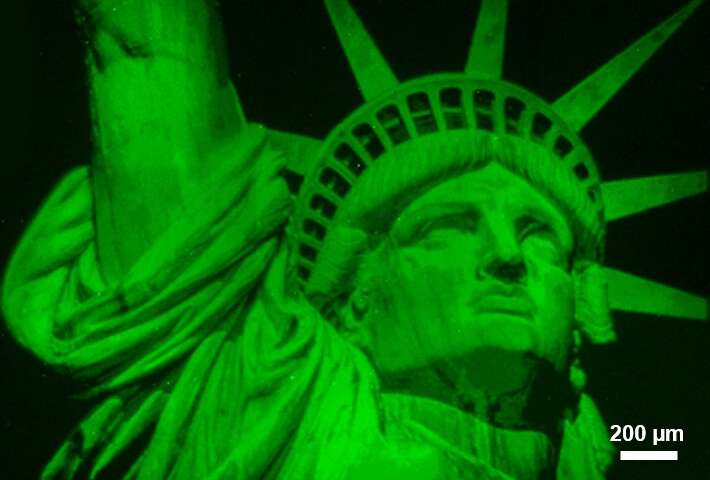Researchers at the Advanced Science Research Center at
The Graduate Center, CUNY (CUNY ASRC) and Northwestern University
have created a 4-D printer capable of constructing patterned
surfaces that recreate the complexity of cell surfaces. The
technology, detailed in a newly published paper in Nature
Communications, allows scientists to combine organic chemistry,
surface science, and nanolithography to construct precisely
designed nanopatterned surfaces that are decorated with delicate
organic or biological molecules. The surfaces will have a wide
variety of uses, including in drug research, biosensor development,
and advanced optics. Importantly, this technology can create
surfaces with different materials, and these materials can be
patterned across the surface without the use of expensive
photomasks or tedious clean room processes.
Nanoscale 4-D printing technique may speed development of
new therapeutics




